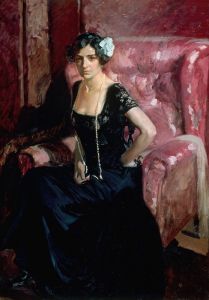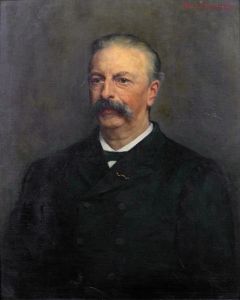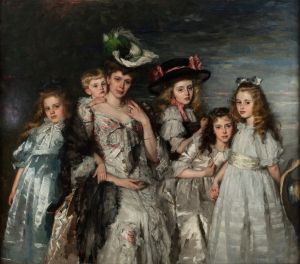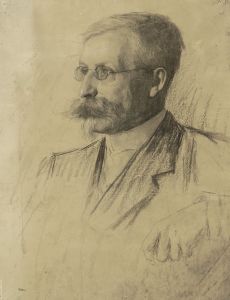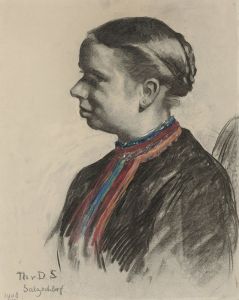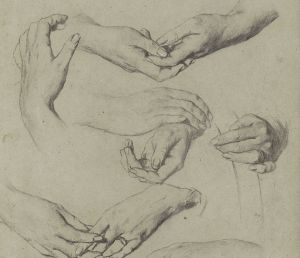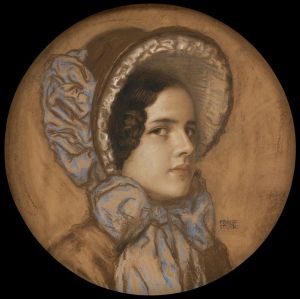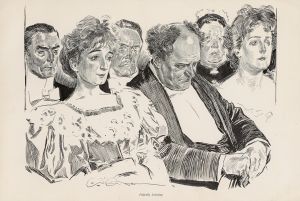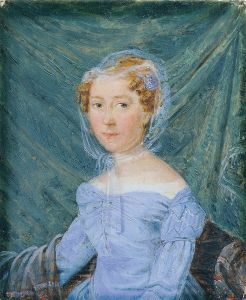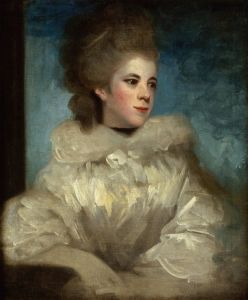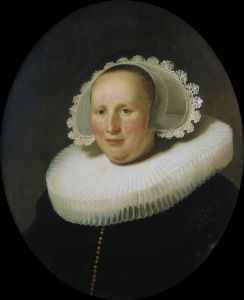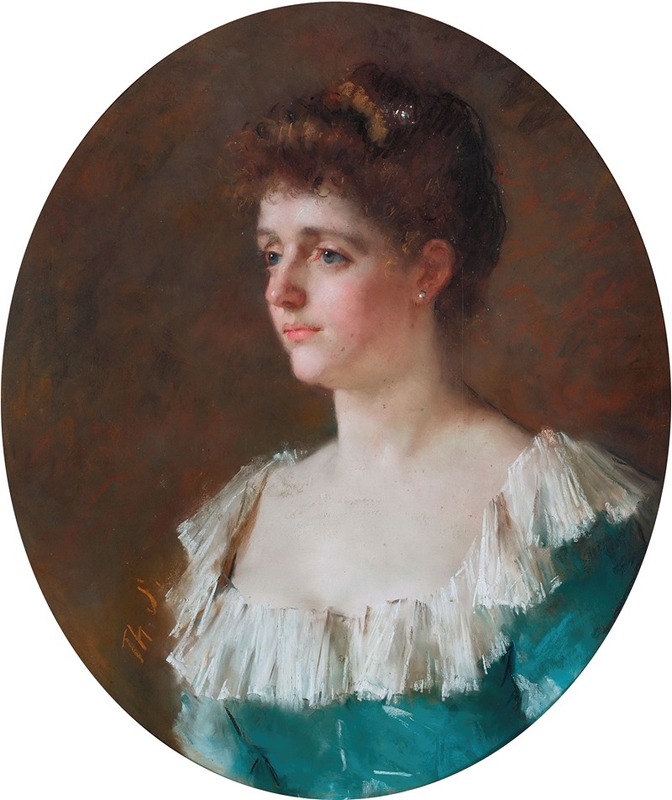
Maria Cornelia Schimmelpenninck van der Oye
A hand-painted replica of Thérèse Schwartze’s masterpiece Maria Cornelia Schimmelpenninck van der Oye, meticulously crafted by professional artists to capture the true essence of the original. Each piece is created with museum-quality canvas and rare mineral pigments, carefully painted by experienced artists with delicate brushstrokes and rich, layered colors to perfectly recreate the texture of the original artwork. Unlike machine-printed reproductions, this hand-painted version brings the painting to life, infused with the artist’s emotions and skill in every stroke. Whether for personal collection or home decoration, it instantly elevates the artistic atmosphere of any space.
Maria Cornelia Schimmelpenninck van der Oye by Thérèse Schwartze is a portrait painted by the renowned Dutch artist Thérèse Schwartze (1851–1918). Schwartze was a prominent portrait painter in the Netherlands during the late 19th and early 20th centuries, known for her ability to capture the character and status of her sitters with remarkable skill and detail. This particular painting depicts Maria Cornelia Schimmelpenninck van der Oye, a member of the Dutch aristocracy.
Maria Cornelia Schimmelpenninck van der Oye belonged to a noble family in the Netherlands, and her portrait reflects her social standing. The painting is an example of Schwartze's mastery in portraying the elegance and refinement of her subjects. Schwartze often worked on commission for wealthy and influential families, and her portraits were highly sought after during her lifetime.
The artwork showcases Schwartze's characteristic style, which combines realism with a sense of warmth and vitality. Her use of light and shadow, as well as her attention to detail in rendering textures such as fabric and jewelry, are evident in this piece. The portrait likely served as a way to commemorate Maria Cornelia Schimmelpenninck van der Oye's status and personality, as was common in commissioned portraits of the time.
Thérèse Schwartze received formal artistic training from her father, Johan Georg Schwartze, who was also a painter, and later studied in Munich and Paris. Her career was marked by numerous accolades, and she became one of the most celebrated portraitists in the Netherlands. Schwartze's works are now part of various museum collections and private holdings, and they continue to be appreciated for their technical excellence and historical significance.
The exact date of the painting and its current location are not specified in available records. However, it is known that Schwartze's works are held in institutions such as the Rijksmuseum in Amsterdam and other Dutch museums, as well as private collections.
This portrait is a testament to Schwartze's ability to capture the essence of her sitters while also reflecting the cultural and social context of the period in which she worked. It remains an important example of her contribution to Dutch portraiture and the broader art history of the 19th century.





